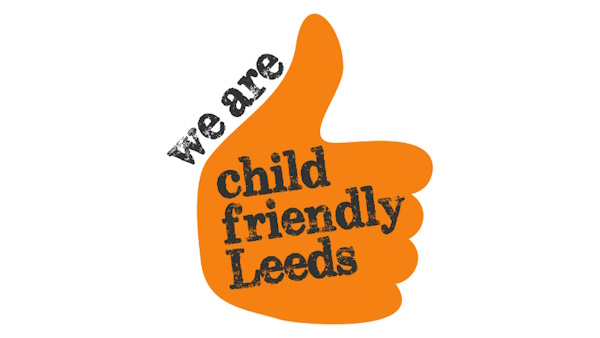What Reunification is
Reunification is when a Child Looked After returns home to live with their birth family. According to figures reported by Action for Children, in 2022/23 27% of Children Looked After exiting care returned to the care of their birth family.
Reunification is most successful when:
- it is well planned, based on robust assessment of risk which includes the child and the birth family
- it allows children to go home slowly over a period of time
- where appropriate services are put in place to support the family for as long as they are needed
Why is effective reunification work important
For reunification to go well, it is really important that everyone involved is able to plan and work together. Our experience tells us that it is important that:
- reunification is supported by a clear and thorough assessment of the child’s needs
- support from appropriate services for the child and their family is available
- we make sure that we plan and prepare for the return home and offer really good support and advice after the child has returned
Reasons for unsuccessful reunification can include the parent’s problems not having been addressed or having been hidden, especially alcohol or drug misuse.
Effective reunification work is important first and foremost because it is in the best interest of the child or young person that any consideration of the possibility of a return home to their birth family is structured, evidence-based, well planned, and involves the child, their family, and key multi-agency practitioners.
In March 2015, the Department for Education made amendments to the Care Planning Regulations and issued statutory guidance on permanence, long-term fostering placements and ceasing to look after a child. These amendments specify the requirements of whether or not a return home would safeguard and promote the child’s welfare, and that of their parents.
Supporting reunification can be cost-effective when it is the right plan for the child or young person. The University of Loughborough reports that the average annual cost for each child that returns back into care is £61,614 compared with an average annual cost of supporting a child to return home of £5,627.
What the Leeds approach to reunification is based on
The Department for Education funded the NSPCC and the University of Bristol to create evidence-informed practice guidance for local authorities to support successful reunification work. Leeds was one of three local authorities who worked with the NSPCC and the University of Bristol on the 'Reunification Project - Achieving positive outcomes for children in relation to return home from care'. Central to this was the implementation of the Reunification Practice Framework and Guidance.
What we are doing in Leeds
In Leeds, based on the Reunification Practice Framework and Guidance, we have a robust process for carrying out reunification assessments and risk analysis. In addition, we train social work practitioners in how to use this, monitor and evaluate practice, and identify better ways in which support can be provided to families following return home.
Our reunification work has strong links to our restorative approach, including the use of Family Group Conferences at various stages of the assessment and planning. We also support reunification through our use of MST Family Integrated Transition (MST-FIT), working in partnership with two Leeds City Council specialist children's homes where the focus is on helping children to return home. In addition, we have our Lifelong Links team aiming to build positive, lasting support networks for children and young people who have lost or broken connections with family members and supportive people during their time in care.
Our approach is titled the Safe Parenting and Risk Framework (SPARF). This also enables the use of these evidenced based assessment and risk analysis approaches for other assessments in the various stages of children’s care planning - in addition to assessing if the child can go home (reunification).
What practitioners need to know
Practitioners need to be aware about the reunification framework and that children and young people are being identified where it may be appropriate for them to return home. Social workers, together with others involved with the child, possibly through a family group conference, will use the reunification framework and practice guidance to support the work to consider reunification. Other practitioners working with the child will become involved at different stages of the process.
The reunification framework has five stages:
- Assessment of risk and protective factors and parental capacity to change
- Risk classification and decision on potential for reunification
- Parental agreements, goal setting, support and services
- Reclassification of risk, decision making and planning for reunification
- Return home, with ongoing review and support for at least twelve months
Key contacts and further information
For more information about reunification and the Safe Parenting and Risk Assessment, contact:
Stephanie Reilly, Team Manager for Reunification: stephanie.reilly@leeds.gov.uk or
Emily Spink, Service Delivery Manager: emily.spink@leeds.gov.uk.
